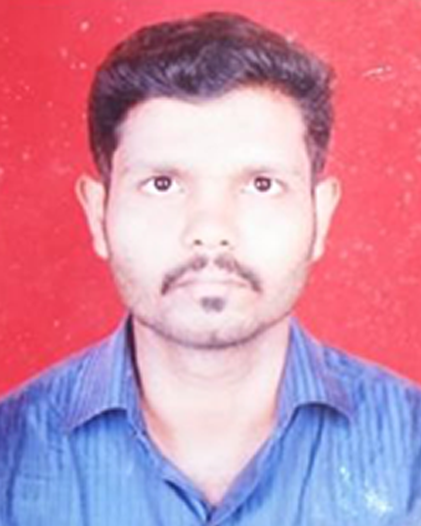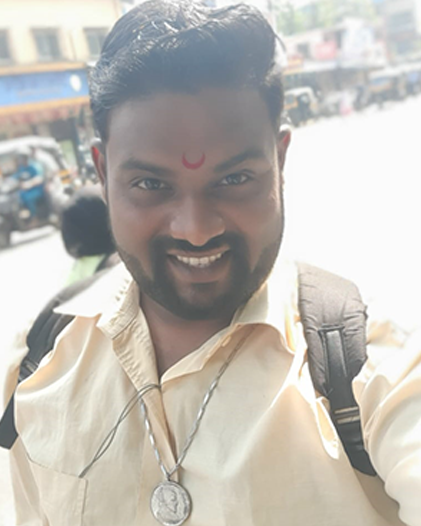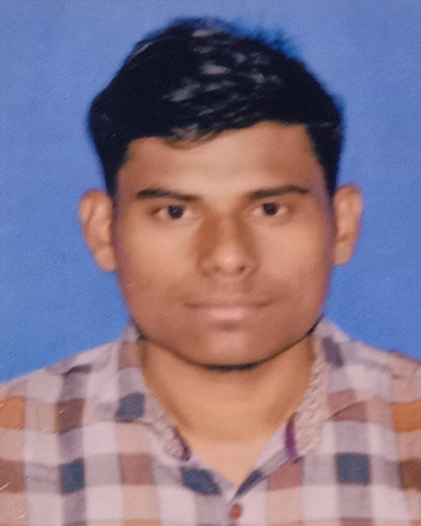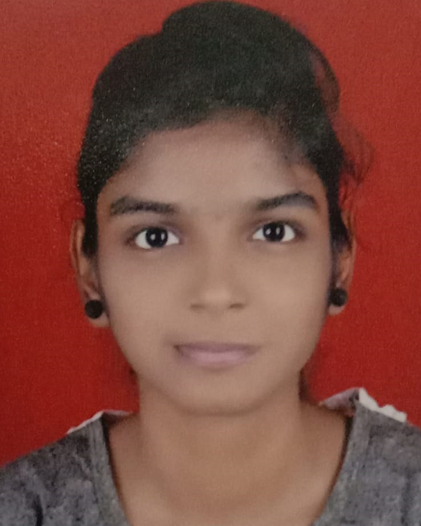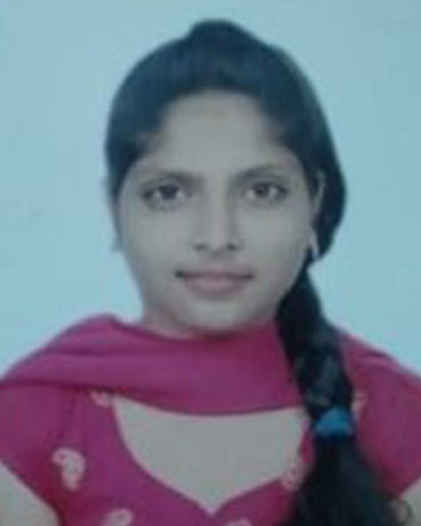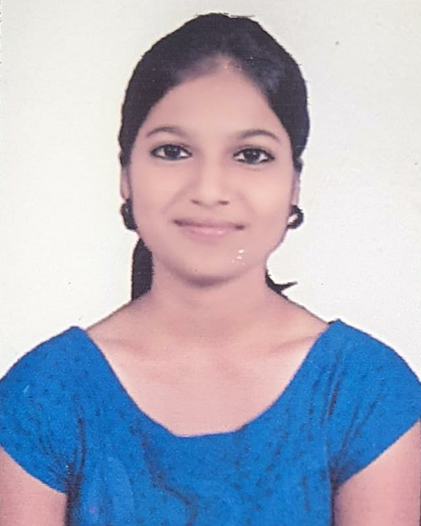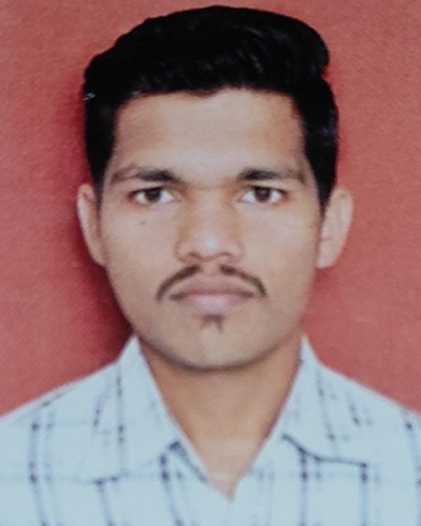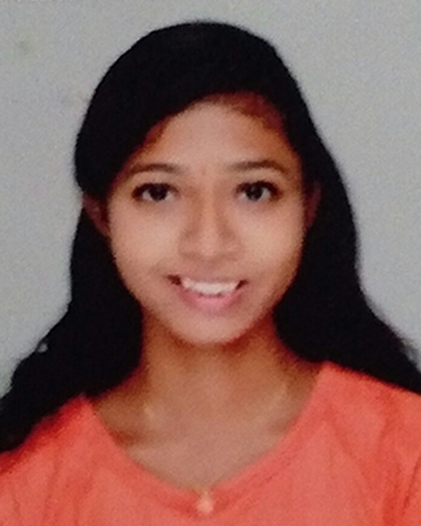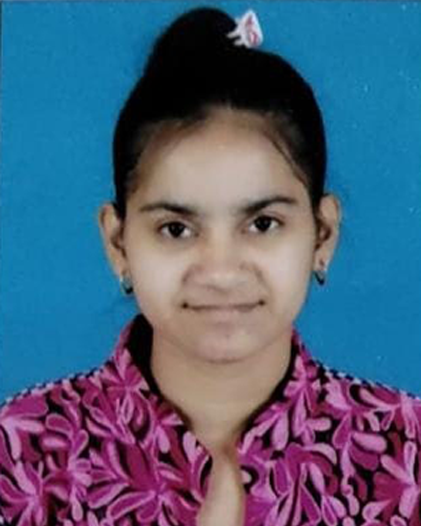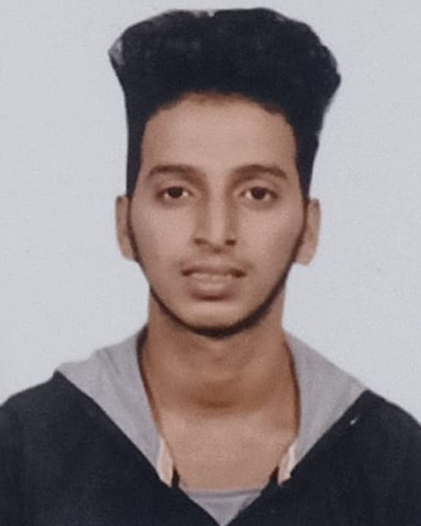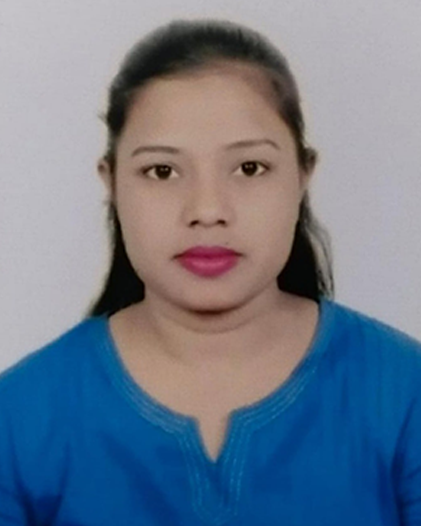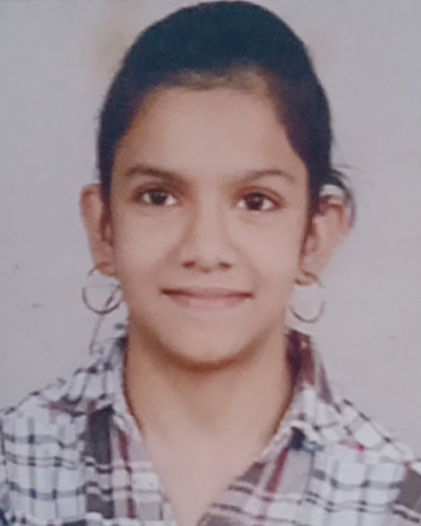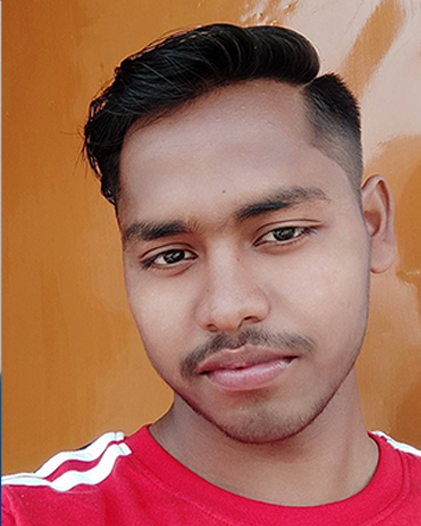Project SETU | NYRA Foundation
The Nurture Youth Reforms Association(NYRA) foundation has always advocated for the improvement in the field of education for adolescent young kids, primarily for adolescent girls. Although the foundation has always tried to level the educational playing field for the adolescent kids who come from socioeconomically challenged backgrounds. Amidst the recent Covid-19 pandemic while working at a grassroots level along the side of the frontline workers, our team realized that our path to achieving long term equality in education has to go through the houses of everyone who got affected not only by the pandemic but also people who are economically or socially challenged or are just living far from the most viable source of education.
Thus began the planning for a mission, a program that can help us deal with the factors which indirectly hinders the path of unmitigated education for the uncounted progeny of our nation. The challenge for creating a program that can completely eradicate the plague of illiteracy and bias from the globe is gargantuan and near impassable. But creating a path that then can be ameliorated upon is the only solution for completely eradicating illiteracy from the globe.
One such program which was launched a short while ago by the NYRA foundation is Project Setu. Under the guidance of our honorary chairman Mr. Rohan Gaikwad and Mrs. Uttara Mone, founder and CMD of MITI Group the team worked on creating a perfect program that can help the kids belonging to the less privileged background and the adolescents who have lost their parents during the Covid-19 pandemic have a secure and financially stable future which can help them not only grow in their career but make them able enough that one day they can become the cornerstones of our ever-changing and ever-evolving society.
Despite the fact that there is now a elemental school in almost every village, India has yet to achieve its goal of plenary literacy. The dropout rate remains high, at more than 40%. The adolescent girls has been the largest victim of our education system's limitations, whether in terms of enrolment, primary school retention rates, or even involvement in higher education relative to the total enrolment rate.
Special efforts within the current system have generally been focused on the boarding school paradigm when it comes to the effective education of children from disadvantaged, rural, or tribal communities. Although these systems are operative at a competent rate with the central and state government setting up a large number of education establishments, ashrams as well as running a large number of schemes for supporting them for reaching out to the tribal and rural children.
However, in the reality, the implementation of these policies fall short of what is required in the real world. The adolescent kids who are living in the tribal or rural areas of our nation up to now don't have access to the complete and modern education modus and neither are the educational institutes located in the areas which are anthropologically impugned or are disconnected from the developed areas of our country advocating for up to date real-world skills required for landing a befitting job in the modernistic times.
The conventional primary school in rural, tribal, and disadvantaged communities has a bleak reality. A detailed examination of a case study of tribal districts in Maharastra can assist us in comprehending the issue. In a majority part of Maharastra, The state government has made commendable efforts to educate the tribal and unprivileged residents by setting up elementary and secondary schools, also incentivising the parents for sending their adolescent children to the school.
Investment has also been very high, but the results are underwhelming, to say the least. The education system in the triable areas are largely unmonitored and have an outdated syllabus, with almost no efforts made to change the stereotypes of these societies towards gender differences which becomes the noose for the dreams of untold numbers of young talented girls who miss out on the chance to get educated let alone gain employment and support themselves as well as their family and break the cycle of poverty and oppression. The adolescent males of the tribal societies have it just a little better than the females as sometimes they do have the access to the means of educating themselves with the help of the schools built by the government. But the results are again not very promising as even from the small enumerate of adolescent kids who manage to get access to these educational institutes are taught outdated courses which don't help them in gaining employment.
The scoop of missteps of the current ongoing programs furthermore become more incontestably visible when most kids have been denied entrance to universities due to their incapacity to cope with examinations. The government's program was a washout even when it came to technical skills training. Despite the existence of tribal work reservations and adequately trained human power is restricted or inaccessible.
In some tribal parts of Maharastra, schools have the woefully inadequate infrastructure, transport and communication, and also no residential accommodations for instructors. There are also no houses accessible for rent. In reality, the disincentives for non-rural and non-tribal instructors are so severe that large-scale absenteeism in certain tribal districts is always regarded as part of the educational landscape.
Some of the primary reasons for the failures of such programs as explained by Christoph von Fürer-Haimendorf an ethnologist who spent forty years studying tribal cultures in India suggests that the root of the problem is a labyrinth of various social and economical stagnation in which these tribes have long been entangled. However, hesitant educators who do not belong to that tribe, who are apathetic in the students and the social context in which they live, have also played a significant role in tribal schools' inadequate performance and high dropout rates among tribal children in Maharastra.
Even with the conditions like this, there is still hope for enlightenment. A large number of Non-Government organizations have started investing heavily in these regions. The investment although not being substantial adequate to carry the weight of the entire region's education on its back but has helped garner a lot of positive publicity which has helped draw public attention to the cause of improving the educational playing field for the unprivileged as well as the tribal adolescent kids. These efforts by both the Non-Government as well as Government organizations have helped the topic of female education gain traction and move towards an effective and wholesome future in the sector of female education and employment.
As stated by our chairman Mr. Rohan Gaikwad, female education is the answer to most of the nation's problems. As more underprivileged kids gain education, it opens the door for gaining exceptional employment opportunities as well as breaking the cycle of poverty and providing them with the capability to lend a helping hand in the development of our nation.
The team NYRA while working alongside the frontline workers and other organizations during discombobulated times of the Covid-19 pandemic noticed the widespread destruction caused and the effect it had on socio-economically challenged families. While interacting with the frontline workers as well as families affected by the Covid-19 pandemic, Mr. Rohan Gaikwad learnt about the long term issues which were brewing and would cause an untold amount of torment once the pandemic ended. One of the predominant was the matter of contention was the effect on the education of adolescent kids, who just lost their parents.
The necessity of introducing a program that helps such kids, as well as the adolescent children who belong to a socio-economically challenged background is eminent. The team of NYRA foundation under the guidance of our founder and chairman Mr. Rohan Gaikwad worked with Mrs. Uttara Mone who is not only CMD and Founder of MITI Group which is one of the most prominent names in the field of event organizing in India.
The necessity of introducing a program that helps such kids, as well as the adolescent children who belong to a socio-economically challenged background is eminent. The team of NYRA foundation under the guidance of our founder and chairman Mr. Rohan Gaikwad worked with Mrs. Uttara Mone who is not only CMD and Founder of MITI Group which is one of the most prominent names in the field of event organizing in India.
Mrs. Uttara Mone herself is not only a distinguished name in the industry of entertainment but also a well-recognized humanitarian who has contributed a lot to help in the betterment of society.
The task of creating a program that not only assists in levelling the playing field for the underprivileged and tribal adolescent kids but also make sure that they get the best assistance in developing skills and qualifications that helps them in achieving long term stability by the assistance of a stable job. One of the most critical elements which were lacking in the schemes which were implemented by government organizations in the past was the lack of emphasis on the lack of certain basic skills in a day to day corporate workflow, these fundamental skills can significantly raise the chances of the students to get hired.
Mrs. Uttara Mone took it on herself to design the concept of Project Setu and the idea which was once a envisage of our chairman Mr Rohan Gaikwad was taking shape, the project focused on the importance of providing elementary yet crucial training to the underprivileged adolescent kids from all walks of life regarding the basic day to day workflow of corporates so that the students can land a secure job. This training will also serve as the gateway for the students in the corporate field of their choice. When choosing the name of the project, there were various names floated around in the room, but only one stood out which was Setu. Setu is a Hindi word for bridge, which symbolizes the mission of our project, which is to create a bulwark bridge for our students to cross the ever-increasing gap by imparting them with basic but essential skills to reach their intended corporate job and achieve a stable living.
The project also includes other notable names like Mr. Shirish Marathe, who serves as an exceptional teacher or mentor for this course. Mr. Shirish Marathe has very comprehensive expertise of 20 years in the field of Information Technology. Mr. Shirish is a well-renowned expert in computer hardware, CCTV installation, Computer software & other technical aspects. For the last four years, he has been involved with teaching students about office work and other critical skills which are essential to work incorporate.
Under his guidance, the students will gain and implement information about fundamental skillsets like Filing, Petty Cash, Inward and Outward Administration, Sales Coordinator, Inter-Office Coordination, Maintaining inventory, Customer Support, Accounts, Follow-up, Computer Knowledge as well as Life Skills. These skills will serve as a critical tool that will help the students not only land a stable corporate job but also help them excel in the field of their choosing.
The Project Setu was launched on 5th October 2021, with the first batch consisting of 15 students who are chosen from hundreds of applications from all over Maharastra. With our guidance and the dedication and hard work of the students, there is no doubt that they will be one step closer to their goal and will live and improve the quality of their life on their own terms.
The NYRA team would like to express their gratitude to everyone involved with Project Setu for bringing this concept to life. Despite the fact that this is still the beginning, we are confident that with our perseverance and the help of all the volunteers and patrons, we can make the vision of a literate India a reality.
